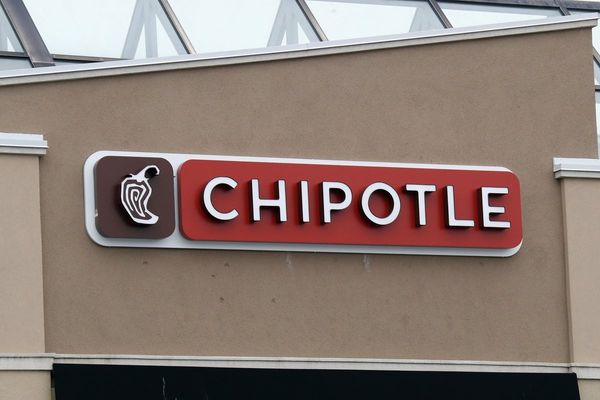
Earlier this year I found myself in Washington, D.C. with a free afternoon, so I beelined to the National Mall. There are found the various and wonderful Smithsonian museums: the National Air & Space Museum, worth going just to set eyes on the Grumman Gulfhawk; the Museum of American History, with its tattered Fort McHenry flag, the original star-spangled banner; the National Portrait Gallery, showing off a newly-discovered painting of Lincoln.
None of those were considered.
Instead I headed to the National Museum of African American History and Culture. I had to, because the place hadn’t been open for business last time I was in Washington, in the summer of 2016. I wanted to see what it was like.
As I crossed the mall, a kinsman who happened to be in town phoned. He also had some free time. Wanna get together? I asked if he wanted to visit the Museum of African-American History and Culture with me.
“No,” he said.
Nothing more. Simply “No.”
That “No” was disappointing, but not surprising. History can have an obligatory, eat-your-peas quality even when it’s not the history of a people other than your own. Many Americans say “No” to most history, but particularly Black History — an unfortunate impulse being cemented into law in states all over the country. Ron DeSantis raged against Black history in announcing his candidacy for president Wednesday.

Of course he used code. His sort exaggerate what they’re opposing into “woke mind virus” and “critical race theory,” imaginary boogeymen that insult and abuse their children. But puff away the rhetoric, and they’re simply bleaching American history, bleeding it white, plucking away the folks that they believe should never have been there in the first place and should not be here now.
Given my job, I have some expertise finding my way around an initial “No.”
“Have you eaten?” I asked. He hadn’t. Great. Let’s meet at ... oh ... the National Museum of African-American History and Culture. They no doubt have a restaurant. We’ll eat. Then we can dip our toes in. It’s free. If you don’t like it, fine, we’ll move on. But at least take a look. Did I mention it’s free?
That worked. We met, headed into the big, busy basement restaurant, Sweet Home Café. Dug into pulled pork and mac and cheese, collard greens and cornbread. Comfort food. On the far wall was an enormous panoramic photo of a lunch counter protest in the early 1960s. Perfect. Because now, looking around, I saw all races of Americans, happily eating together almost in the shadow of the Washington Monument. That’s progress, right?
The museum struck me as a sort of reverse United States Holocaust Memorial Museum. The Holocaust museum starts in community and ends in horror; this one starts in horror and ends in community — the lower floors given to the transAtlantic slave trade, the upper floors celebrating the deep cultural impact that Black people had and have on the nation and world (with ample props to Chicago, including an alcove for The Defender and a shrine to Oprah Winfrey). This part was fun for me but less impressive to my younger companion — if you have no idea what Parliament-Funkadelic was, then seeing George Clinton’s Mothership, well, just doesn’t have much impact. I get that.
Some of the history is grim, true, but — Floridians take note — none of it made me feel bad about myself. Maybe because I don’t view the Confederacy as my team. It’s Black history, but it’s not Blacks’ history. Not exclusively. It’s my history too, the history of my beloved country, and a tale that starts in iron chains and ends with Chuck Berry’s red Cadillac Eldorado is many things — profoundly American for starters — but unteachable is not one of them. So strange that shameless people pretend it brings them shame and try to erase it.
The genius of the civil rights movement is the modesty of its demands. In 1960, Black Americans weren’t protesting for the right to take white daughters to prom. They wanted to vote, to sit at the Woolworth lunch counter and eat a cheeseburger. Anyone who would disagree with that, who would show up to snarl and dump Cokes on their heads, were obviously haters, outing themselves.
Ditto for “Black Lives Matter.” Could there be a more modest demand? You’d have to be the most self-oriented fool to thump your chest and say, “No! MY life matters!” (“Your kid has cancer? So what! MY kid skinned his knee.”) Yet they do. There is no shortage of self-obsessed fools. They have their own political party. Don’t whine to me if you choose to belong, yet can’t see it.
The museum has a reproduction of the North Carolina lunch counter where sit-ins began in 1960. I sat down to rest my feet.
Piped in music, including an old union song, “Which Side Are You On?”
Which side are you on boys?
Which side are you on?
That’s it, I thought. In a nutshell. Period. Full stop. You’re either on the side of the downtrodden and struggling, whoever they are. Striking miners. Freedom riders. Or on the the side of the haters and the powerful. The bosses. The oppressors.
It’s so odd that the oblivious downtrodden are so often gulled to side with their own oppressors. Slap a few buzz phrases on facts you don’t like and it’s off to the races. Being young also helps — they think they invented the world, when in fact they’ve just shown up and don’t know anything, yet. My companion and I rushed through the museum in three hours — I had a dinner to attend — but could have taken twice as long. As we left, I asked him what he thought of the museum now that he’s actually been there.
“It’s good,” he said. I was glad to hear it. If ignorance is a bog, then history is a winch.







